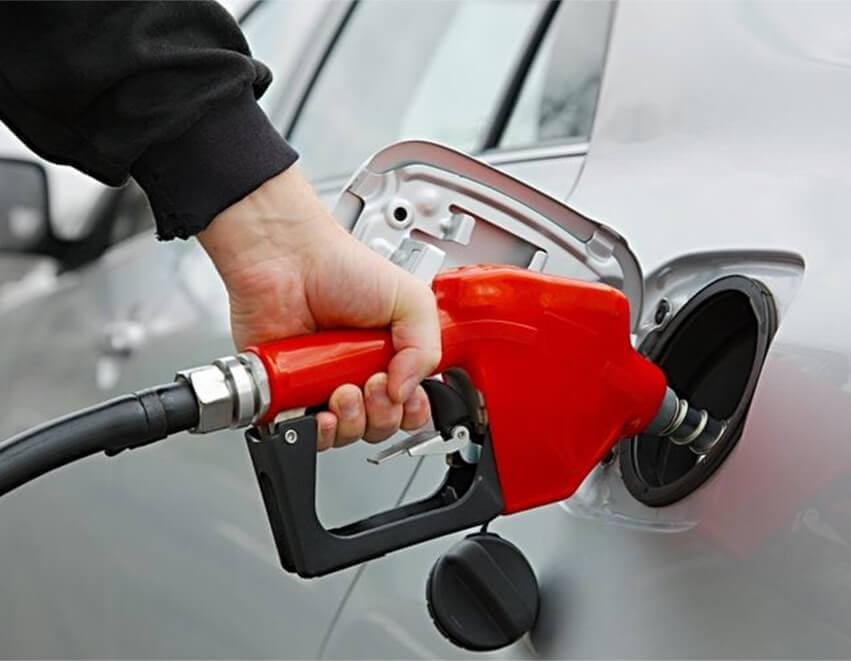Learn about the distinctions between manual and automatic gas pump nozzles and discover which option aligns best with your refueling preferences. Gain insights into their functionality, pros, and cons, ensuring efficient and convenient fueling experiences.
You pull into the gas station, ready to fill up your tank. But when you go to grab the nozzle, you’re faced with a choice – manual or automatic? What’s the difference, and which one should you use? Let’s break it down.
The nozzles may look similar, but manual and automatic styles operate quite differently. One engages your hand strength, while the other does all the work for you.
Here’s what separates these two nozzle types found at every gas station.
The classic manual “squeeze-to-flow” gas pump nozzle has been around forever. To use it, you insert the spout into your fuel fill pipe, then squeeze and hold the lever to dispense gasoline or diesel. Once the tank is full, a vacuum-based automatic shutoff clicks the nozzle off.
The lever requires constant hand pressure during refueling – let go and the flow stops. This hand squeezing gets tiring, especially with higher flow rates from thicker diesel nozzle sizes. You also have to pay close attention and stop squeezing once the tank is topped off.
By contrast, automatic nozzles make refueling a totally hands-free process once engaged. There’s no lever – just insert the spout into the fill pipe and the internal latch automatically clicks on. Fuel then flows freely into the tank without squeezing anything.
An expandable rubber bellow seals around different fill pipe diameters to capture vapors. When the tank is full, an automatic shutoff engages just like manual nozzles to avoid spillover. You simply remove the nozzle and you’re done – no hand strain required.
The seamless experience and reduced physical effort make automatic nozzles extremely convenient, especially at high-volume truck stops. Drivers can move about the vehicle while refueling.
However, automatic nozzles are costlier and have more complex components that can malfunction. You may occasionally need to restart the process if it doesn’t latch properly. Some areas also prohibit automatics for gasoline refueling due to vapor emission concerns.
Good old manual nozzles are simple, reliable, and low-cost – but require more driver attentiveness and hand strain. This makes them better suited for lower-throughput gas stations willing to trade some convenience for consistent performance.
At the end of the day, both manual squeeze-to-flow and automatic hands-free nozzle for gas pump get the job done when it comes to pumping fuel. Each just offers a different user experience.
For gas stations and truck stops looking for optimal customer convenience and labor savings, automatic nozzles are logical choices despite higher costs. But there’s still a place for trusty manual nozzles when budgets are tighter or regulations mandate their use.
Whichever nozzle you grab at Aocheng Group’s forecourts, you’re getting a high-quality, dependable product purpose-built for the fuel industry. Our deep expertise ensures a smooth, leak-free fill every time.




